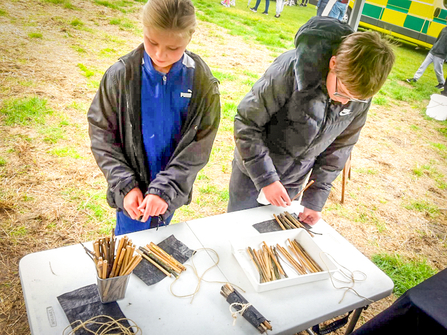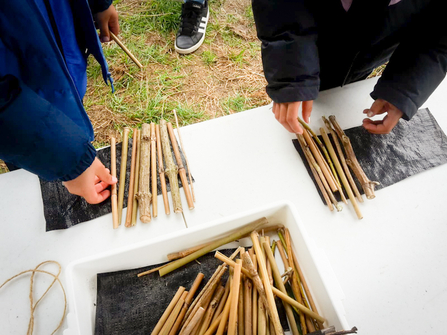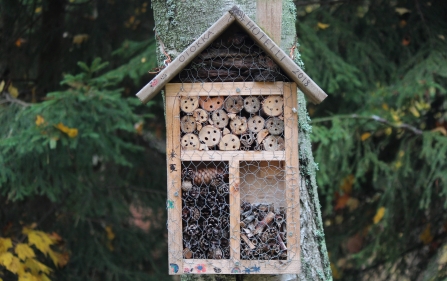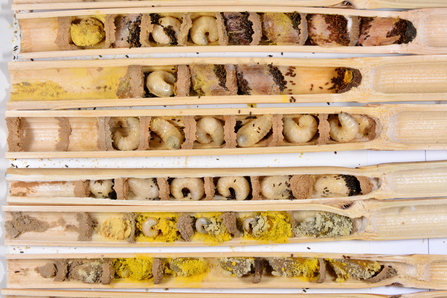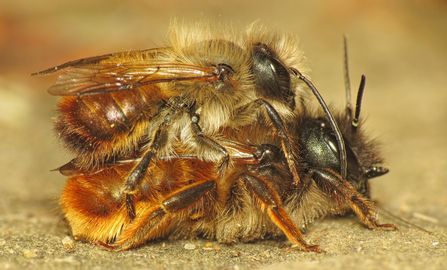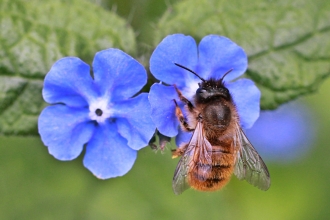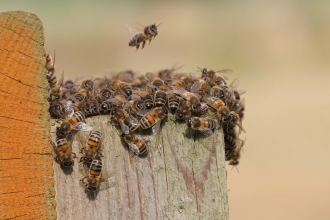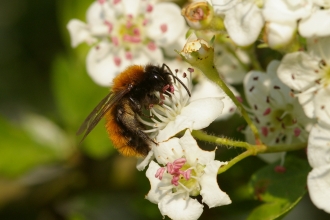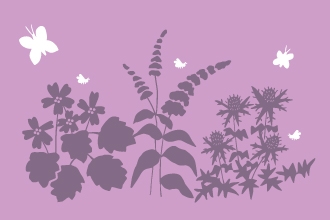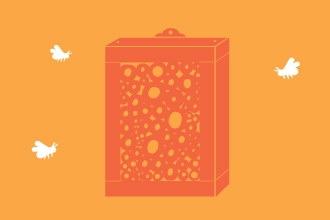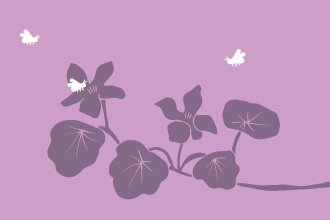Over the past two months I have been a very busy bee, visiting new groups and attending a host of great community events.
On Sunday, 8 August, The Chalk, Cherries and Chairs project that we are involved with hosted a great family fun day at Wycombe Rye with lacemakers, bodgers and BBOWT all giving people a chance to have a go at making different things. I managed to use up all my materials for making bee bundles just in time for the end of the day.
I’ve also been working with a number of parish councils to see if we can find spaces and groups to be part of Rough Around the Edges, while several existing groups have been continuing with practicing their survey skills.


